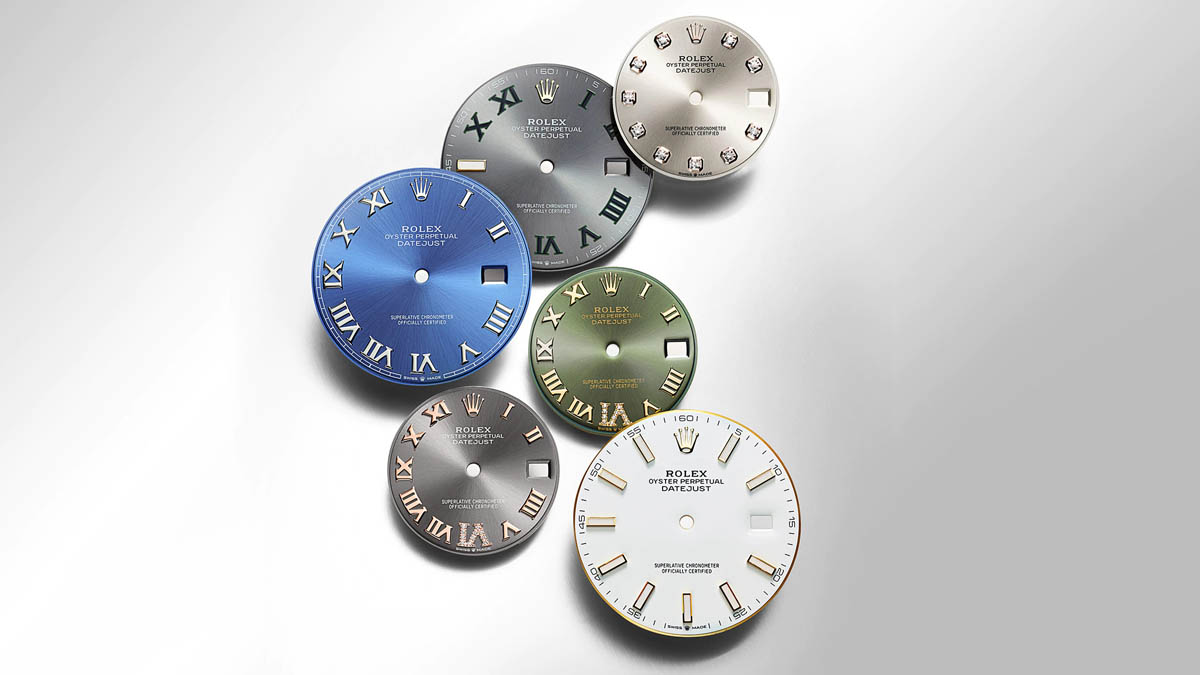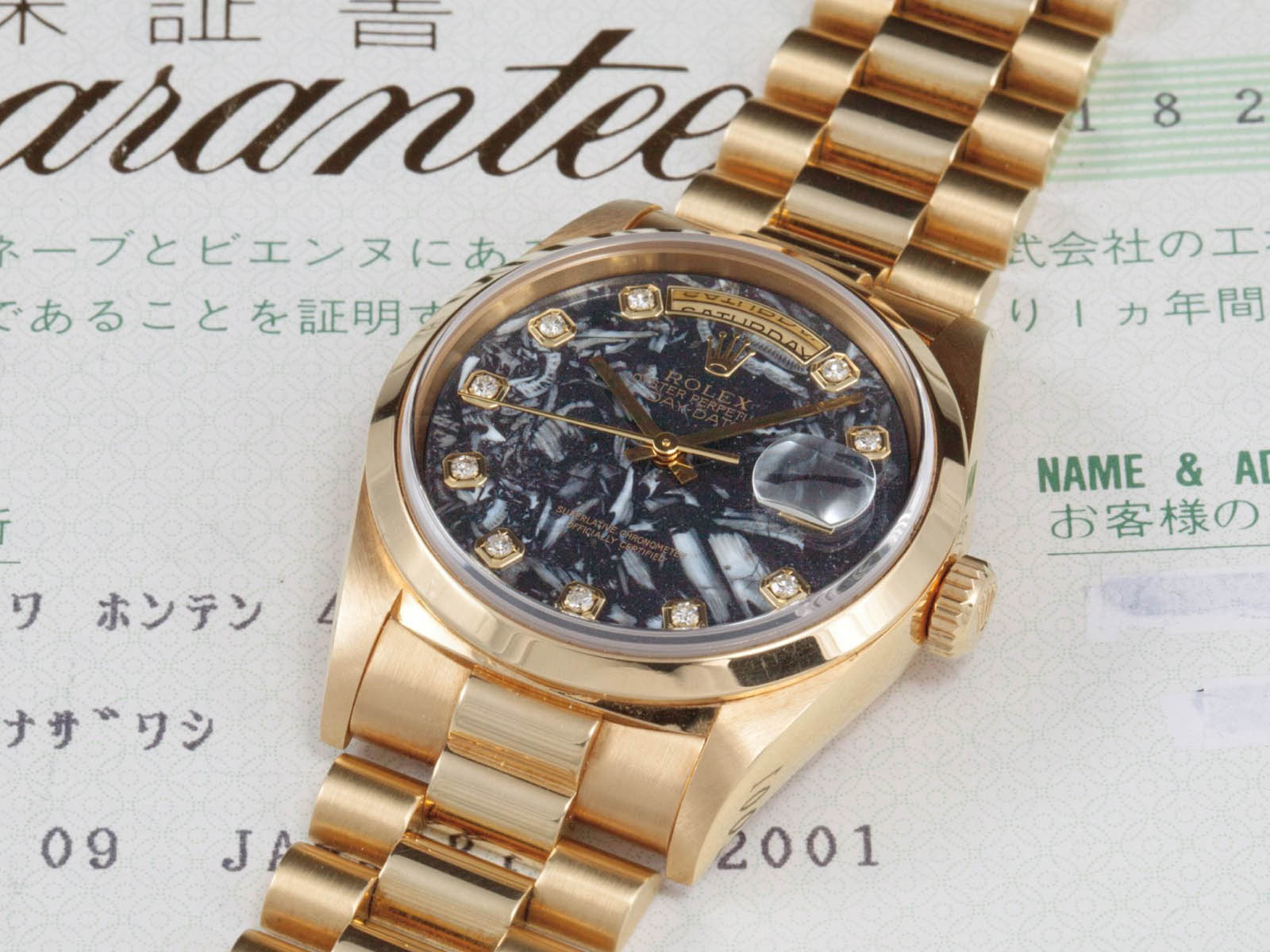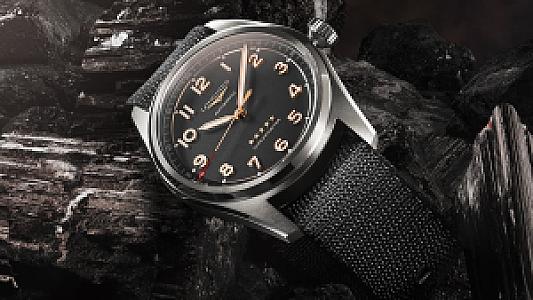We have compiled five of the most glamorous stone dials of Rolex, which we cannot get enough of talking about with its unique dictionary and nicknames unique to its models.
It is a fact that Rolex designs and produces very few dials that we can call different over the years. The brand is one of those who love to apply different dial designs to the same model rather than designing a model-specific dial for each collection. We can say that Day-Date and Datejust model families have the most dial alternatives. While some dials are bolder and different from others while some are so rare that you may have to give up a small fortune to find and buy them.
It's fun to try out different things with colors. However, to experience different materials - in my opinion - is much more valuable. Rolex is one of the brands that do not hesitate to try different stones for their dials. We have compiled the five most eye-catching dials, some of which are still in production, for the brand’s enthusiasts.
Obsidian
The lava cooling down quickly and freezing before enough time to crystallize forms this naturally occurring volcanic glass. Obsidian is usually located on the edge sections of lava flows, where cooling is the fastest.
Agate Stone
This stone, which is very rare on Rolex's dials, is a rock formed alternately with cryptocrystalline silica, chalcedony, and micro-granular quartz. This stone, which is characterized by grain fineness and color diversity, looks nice on a Day-Date’s dial, what do you think?
Green Jade
Green Jade is an ornamental mineral mostly known for its green varieties. This stone, which has been used in jewelry and small sculptures for centuries, has two references: The first one is Nephrite, silicate calcium and magnesium. The other is Jadeite, silicate sodium and aluminum.
Ammonite
Ammonites are perhaps the most well-known fossils. These fossils comprise a group of extinct marine mollusks in the Ammonoidea subclass of the Cephalopodan family.
Bloodstone
This stone consists of a combination of chalcedony and jasper. Quartz, which has dark green or greenish-blue color and red or brownish-red spots spread all over it, is called "Bloodstone" due to these spots. Unfortunately, it is not possible to see them with the naked eye, even though they contain charming little crystals.
I know we only included five stones in this article. However, this does not change the fact that Rolex is one of the masters of the stones. The brand also draws attention with its dials of many different stones, such as azurite, aventurine, malachite, and meteorite.













